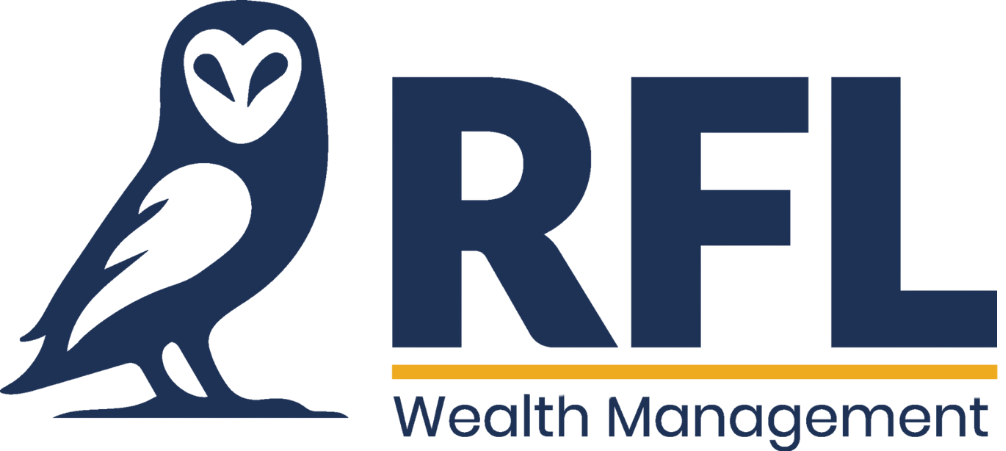What Is A Registered Education Savings Plan (RESP)?

Education is the cornerstone of personal and societal development. However, with the rising costs of education, it has become increasingly important for parents and guardians to plan ahead for their children’s educational future. A Registered Education Savings Plan (RESP) is a powerful financial tool designed to ease the financial burden of higher education.
What Is a Registered Education Savings Plan (RESP)?
A Registered Education Savings Plan (RESP) is a government-regulated savings account available to Canadian residents, specifically designed to help families save for their children’s post-secondary education. One of the most notable features of an RESP is the potential to receive government grants and incentives that can significantly boost the savings accumulated over time.
Benefits of RESP
When it comes to securing a child’s future education, a Registered Education Savings Plan (RESP) offers a multitude of advantages that make it a smart choice for parents and guardians. Here are several key benefits that highlight the value of RESPs in ensuring a child’s educational journey:
- Government Grants and Incentives: The Canadian government encourages education savings through various grant programs, the most prominent of which is the Canada Education Savings Grant (CESG). This program matches a percentage of contributions made to the RESP, up to a certain limit. There’s also the Canada Learning Bond (CLB), a grant designed to assist families with modest incomes.
- Tax-Deferred Growth: Contributions made to an RESP grow tax-free until they are withdrawn. When the funds are eventually used for educational purposes, the accumulated growth is taxed in the hands of the student, generally resulting in a lower tax liability due to their lower income.
- Flexible Withdrawal Options: RESP funds can be withdrawn by the beneficiary (the student) when they enroll in post-secondary education. The withdrawals consist of the accumulated contributions and the growth. Since the growth is taxed in the hands of the student, it often results in minimal tax liability.
- Wide Range of Investment Options: RESPs offer a variety of investment choices, ranging from conservative options like Guaranteed Investment Certificates (GICs) to more growth-oriented options like mutual funds. This allows contributors to tailor the investment strategy to their risk tolerance and financial goals.
Types of RESP
When planning for a child’s education, understanding the different types of Registered Education Savings Plans (RESPs) available is essential. Each type comes with its own set of features and benefits, catering to varying needs and preferences:
- Individual RESP: This type of RESP covers a single beneficiary, usually a child. It offers flexibility in terms of contribution amounts and investment choices. However, it does not allow for contributions if the beneficiary does not pursue post-secondary education.
- Family RESP: Family RESPs cover multiple beneficiaries, often siblings. This type of RESP is beneficial for families with multiple children, as it allows for the redistribution of funds among beneficiaries. If one child decides not to pursue higher education, the funds can be allocated to other beneficiaries.
- Group RESP: Group RESPs involve a group of individuals who make regular contributions to a pooled fund. The funds are then distributed to the beneficiaries based on a predetermined schedule. While they provide a structured approach, they come with certain restrictions and fees.
Key Considerations and Tips
Here are some tips to consider when planning for your child’s education:
- Start Early: The power of compound interest is amplified when savings begin early. Starting an RESP as soon as a child is born gives the savings more time to grow.
- Contribute Regularly: Regular contributions, even in small amounts, can accumulate significantly over time. Automated contributions can make this process easier.
- Understand Grant Eligibility: Familiarize yourself with the eligibility criteria for government grants and incentives. Maximizing these contributions can have a substantial impact on the final amount.
- Invest Wisely: Consider the risk tolerance and time horizon for your investment choices. Diversification can help manage risk.
- Stay Informed: RESP rules and regulations can change. Staying informed about any updates ensures that you’re making the most of your education savings plan.
- Account for Changing Educational Landscape: The nature of education is evolving, with online and alternative learning gaining prominence. Be mindful of how these changes might impact your education savings goals and the types of educational expenses you need to plan for.
- Explore Additional Funding Sources: While RESPs provide a dedicated savings avenue for education, it’s wise to explore other potential sources of funding, such as scholarships, bursaries, and part-time work opportunities for students. A diversified approach can alleviate financial strain.
- Monitor Beneficiary’s Educational Path: Keep track of the educational aspirations and plans of the beneficiary. This will help you align your RESP strategy with their needs and goals, ensuring that the funds are utilized effectively.
- Review and Adjust Regularly: As time passes and circumstances change, periodically review your RESP strategy. Consider factors such as investment performance, contribution levels, and any new educational developments that may necessitate adjustments to your plan.
A Registered Education Savings Plan (RESP) is a pivotal tool for Canadian families striving to provide a higher education for their children. Its combination of government grants, tax advantages, and investment opportunities make it a compelling vehicle for building a solid educational fund. As the cost of education continues to rise, RESPs stand as a testament to the importance of foresight, planning, and financial preparedness in securing a bright future for the next generation. Whether you choose an individual, family, or group RESP, the ultimate goal remains the same: to empower young minds with the gift of education.
